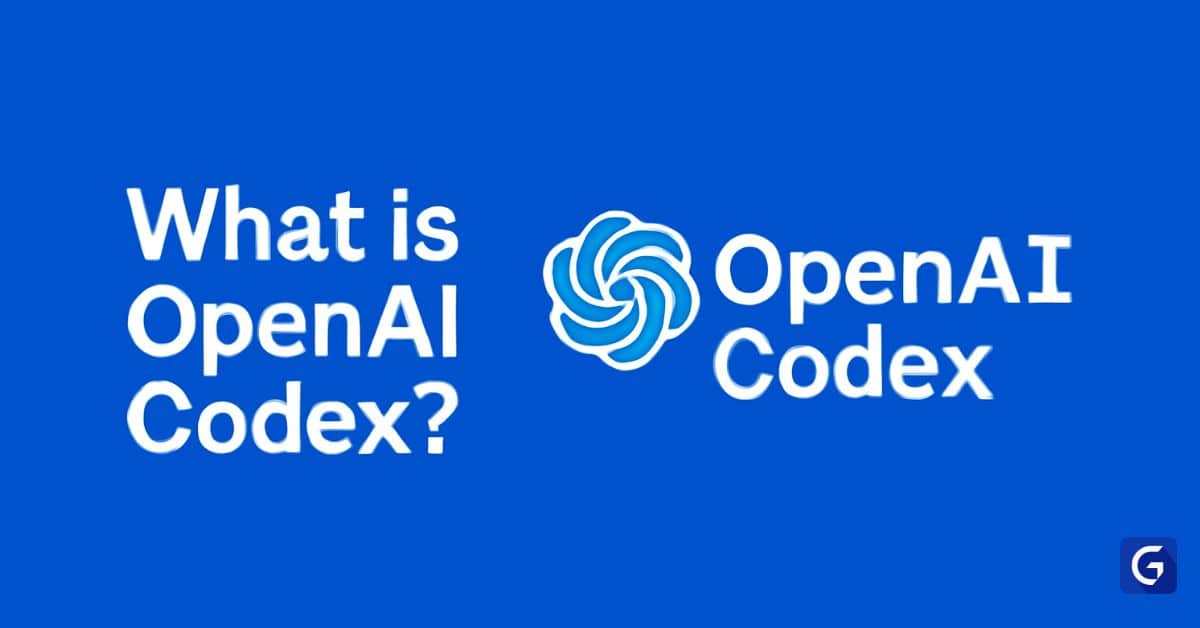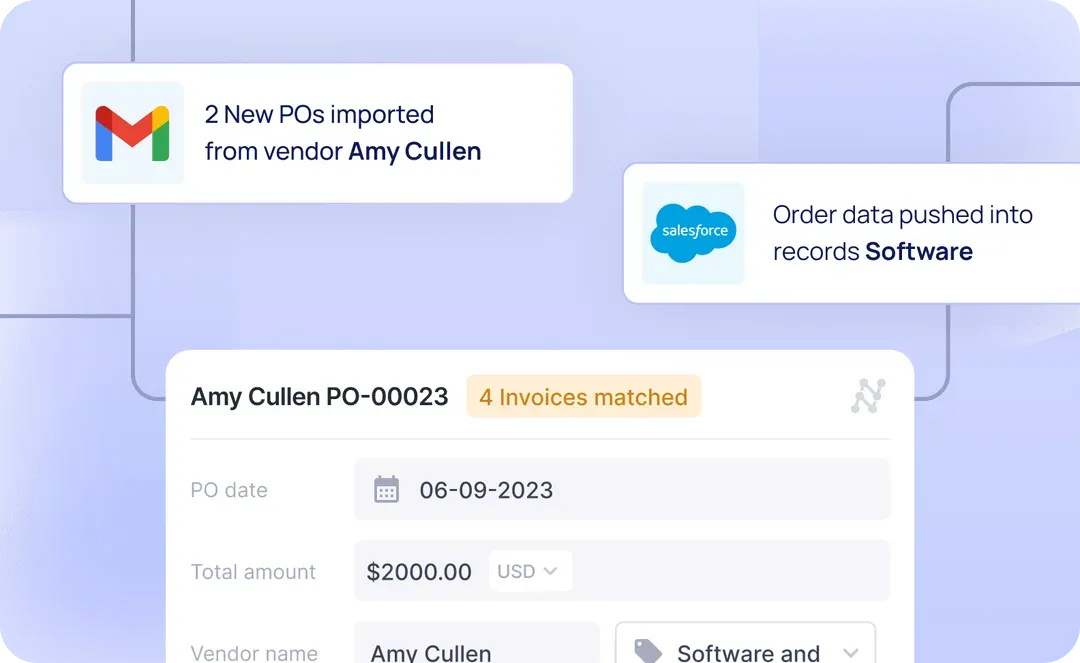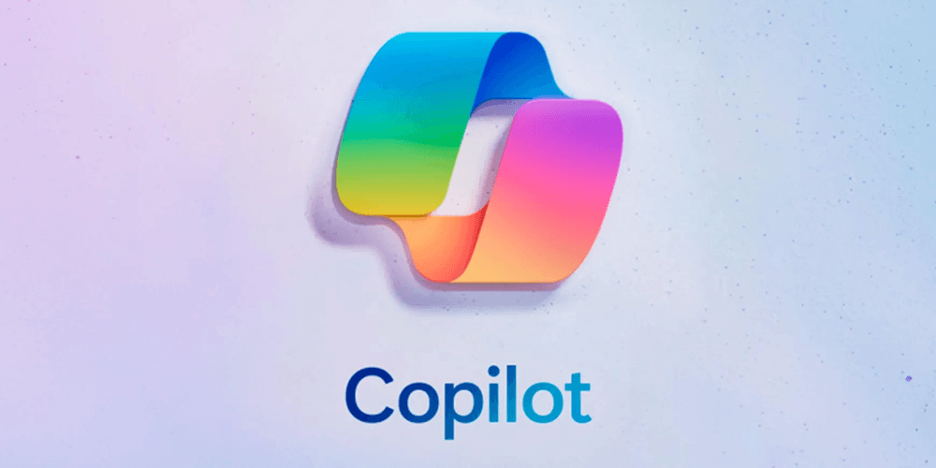SSP Performance Optimization: Management Strategies for Publishers
Publishers operating in today’s programmatic advertising environment face intense competition for advertiser attention and budget allocation. Success depends on implementing sophisticated optimization strategies that maximize revenue while maintaining operational efficiency. SSP performance optimization encompasses multiple dimensions including yield management, technical performance, demand partner relationships, and data utilization that collectively determine...Read more » The post SSP Performance Optimization: Management Strategies for Publishers appeared first on Big Data Analytics News.

Publishers operating in today’s programmatic advertising environment face intense competition for advertiser attention and budget allocation. Success depends on implementing sophisticated optimization strategies that maximize revenue while maintaining operational efficiency. SSP performance optimization encompasses multiple dimensions including yield management, technical performance, demand partner relationships, and data utilization that collectively determine publisher profitability.
The complexity of modern programmatic advertising requires publishers to move beyond basic inventory management toward comprehensive optimization frameworks. Publishers must balance competing priorities including maximizing short-term revenue, building long-term demand partner relationships, and maintaining user experience standards. Effective optimization strategies address these challenges through systematic approaches that improve performance across all operational dimensions.
Advanced supply side platform software provides publishers with the tools necessary to implement sophisticated optimization strategies, but success requires understanding how to leverage these capabilities effectively. Modern SSPs offer extensive configuration options, real-time performance monitoring, and automated optimization features that can significantly impact revenue outcomes when properly implemented. Publishers who master these optimization techniques consistently outperform competitors and achieve sustainable revenue growth in competitive markets.
Revenue Optimization Fundamentals
Revenue optimization begins with understanding the key performance indicators that drive programmatic advertising success. Publishers must track metrics including revenue per thousand impressions (RPM), cost per mille (CPM) trends, fill rates, and bid density across different inventory segments. These metrics provide the foundation for identifying optimization opportunities and measuring improvement effectiveness.
Floor price management represents one of the most impactful optimization strategies available to publishers. Static floor pricing often leaves revenue on the table by setting prices too low or blocking demand by setting prices too high. Dynamic floor pricing strategies adjust minimum bid thresholds based on real-time market conditions, historical performance data, and inventory characteristics to maximize revenue while maintaining healthy fill rates.
Yield optimization extends beyond simple floor price management to encompass comprehensive inventory packaging and demand source prioritization. Publishers must evaluate which demand sources consistently provide the highest bids for different inventory types and adjust their integration strategies accordingly.
Technical Performance Optimization
Technical performance directly impacts revenue outcomes in programmatic advertising where milliseconds matter. Page load speed affects user experience and advertiser willingness to bid on inventory, while SSP response times influence auction participation rates and bid competitiveness.
Latency optimization requires attention to multiple technical factors including server response times, API call efficiency, and integration architecture. Publishers should implement caching strategies for frequently accessed data, optimize database queries, and minimize unnecessary API calls that add latency to the bidding process.
Critical Technical Performance Metrics:
- Page load time impact on user engagement and advertiser bid rates
- SSP API response times and timeout rate monitoring
- Integration latency across different demand sources
- Server uptime and availability across all connected platforms
- Data processing speed for real-time optimization decisions
- Cache hit rates and data retrieval efficiency
Header bidding implementation significantly impacts technical performance and requires careful optimization to balance demand source participation with page load performance. Publishers must test different timeout settings, evaluate demand source performance contribution, and implement client-side versus server-side solutions based on their specific requirements.
Demand Source Management Strategies
Effective demand source management balances maximizing competition for inventory with maintaining manageable operational complexity. Publishers must evaluate demand sources based on bid competitiveness, fill rate contribution, technical reliability, and relationship quality rather than simply maximizing the number of connected partners.
Demand source performance evaluation requires comprehensive analytics that track performance across multiple dimensions including geography, device type, ad format, and time periods. Publishers should regularly review demand source performance and make strategic decisions about relationship continuation based on quantitative performance data.
Quality control mechanisms ensure that demand sources maintain standards for creative quality, brand safety, and user experience. Publishers must implement filtering rules, creative approval processes, and performance monitoring that protect their audience while maximizing revenue opportunities.
Advanced Optimization Techniques
Machine learning integration enables sophisticated optimization strategies that adapt to changing market conditions automatically. Advanced SSPs implement AI-driven bid optimization, predictive analytics, and automated decision-making that can improve performance beyond manual optimization capabilities.
Real-time optimization algorithms adjust bidding parameters, floor prices, and demand source prioritization based on live performance data. These systems can respond to market changes faster than manual optimization and identify patterns that human analysis might miss.
Advanced Optimization Strategies:
- Dynamic creative optimization based on user behavior and performance data
- Predictive bidding models that anticipate demand patterns
- Automated A/B testing for floor prices and optimization parameters
- Machine learning-driven audience segmentation and targeting
- Real-time inventory allocation across multiple demand channels
- Performance-based demand source prioritization algorithms
Data-Driven Decision Making
Data quality and utilization directly impact optimization effectiveness. Publishers must implement comprehensive data collection strategies that capture relevant performance metrics while respecting user privacy requirements and regulatory compliance standards.
First-party data integration enhances inventory value and enables premium pricing opportunities. Publishers should develop strategies for collecting, organizing, and activating first-party data that comply with privacy regulations while providing value to advertisers.
Performance analytics should focus on actionable insights rather than vanity metrics. Publishers need reporting systems that highlight optimization opportunities, track improvement progress, and provide clear guidance for strategic decision-making.
Continuous Improvement Frameworks
SSP performance optimization requires ongoing attention rather than one-time implementation. Publishers should establish regular review cycles that evaluate performance trends, identify new optimization opportunities, and adapt strategies based on changing market conditions.
Testing frameworks enable publishers to validate optimization strategies before full implementation. A/B testing methodologies help quantify the impact of different optimization approaches and ensure that changes actually improve performance rather than creating unintended consequences.
Performance benchmarking against industry standards and competitor analysis helps publishers understand their relative position and identify areas for improvement. Publishers should regularly evaluate their performance against market benchmarks and adjust strategies accordingly.
Conclusion
SSP performance optimization represents a continuous journey rather than a destination. Publishers who implement comprehensive optimization strategies across technical performance, revenue management, and demand source relationships consistently achieve superior results compared to those relying on basic configurations.
The post SSP Performance Optimization: Management Strategies for Publishers appeared first on Big Data Analytics News.



































![[The AI Show Episode 149]: Google I/O, Claude 4, White Collar Jobs Automated in 5 Years, Jony Ive Joins OpenAI, and AI’s Impact on the Environment](https://www.marketingaiinstitute.com/hubfs/ep%20149%20cover.png)







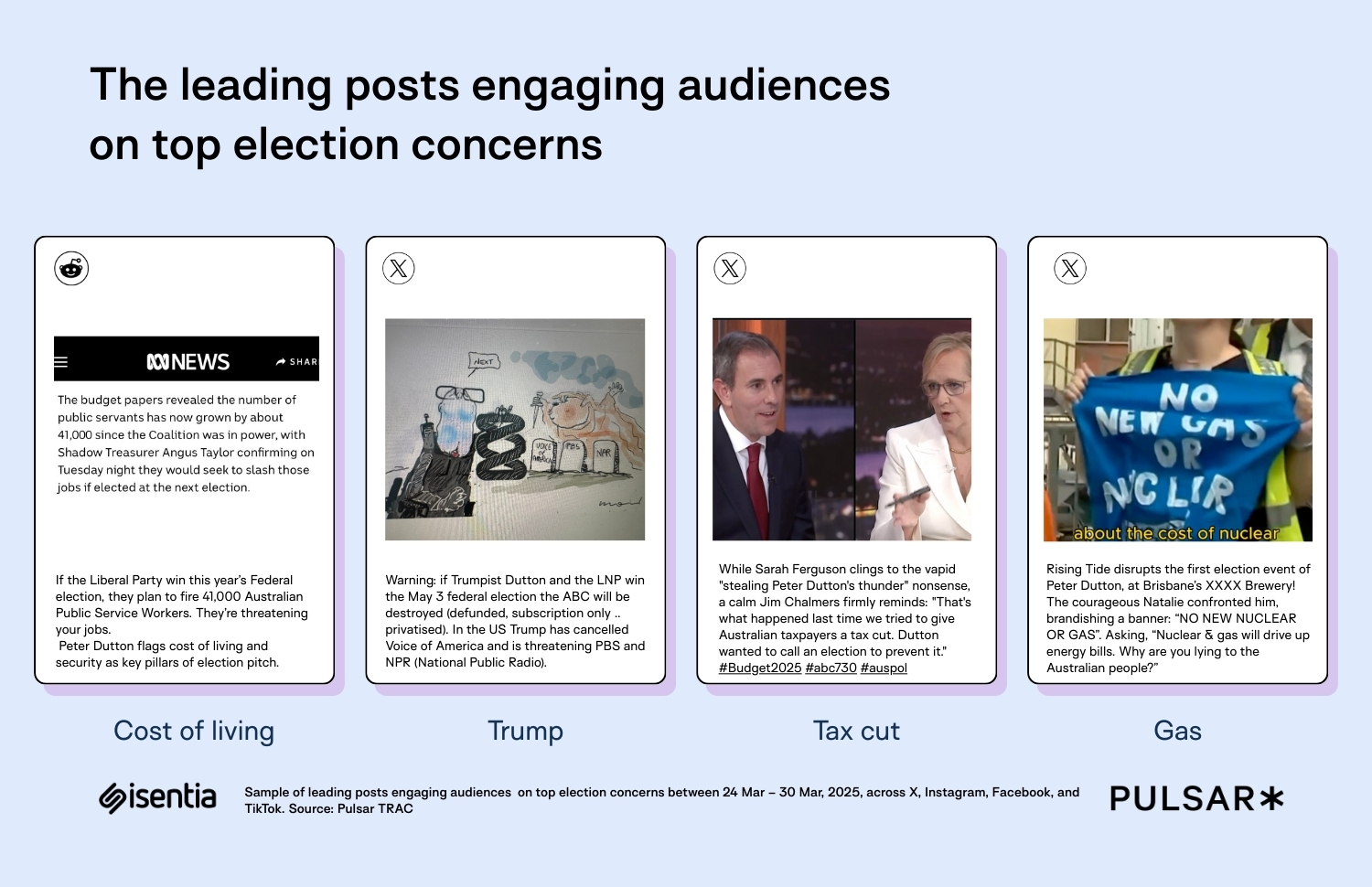
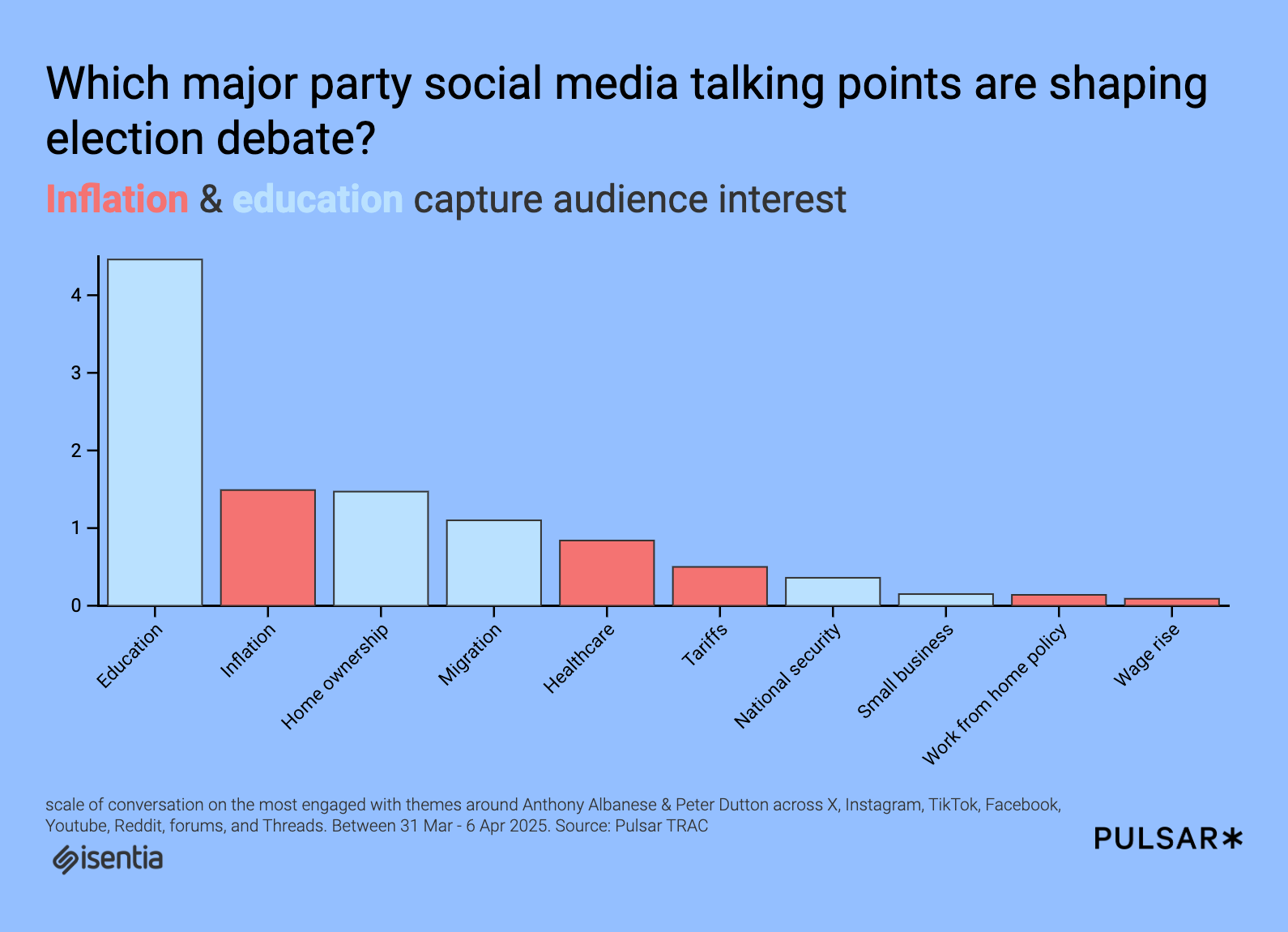


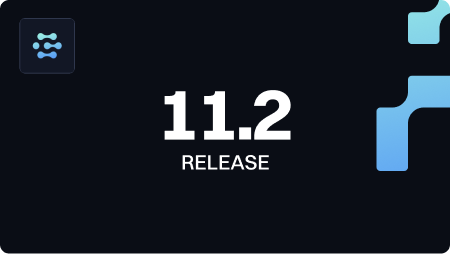

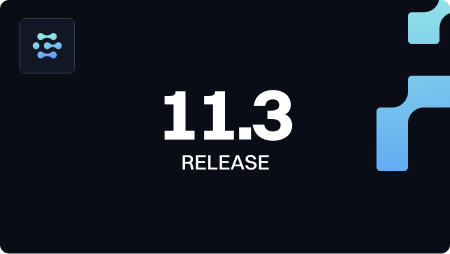




















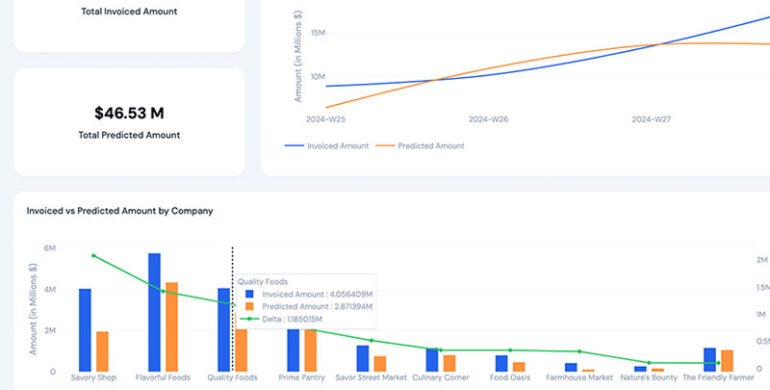













.png)































